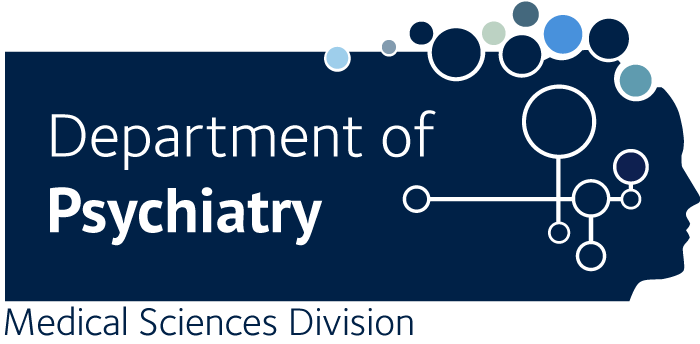The effect of D-cycloserine on brain connectivity over a course of pulmonary rehabilitation - A randomised control trial with neuroimaging endpoints.
Finnegan SL., Harrison OK., Ezra M., Harmer CJ., Nichols TE., Rahman NM., Reinecke A., Pattinson KTS.
Combining traditional therapies such as pulmonary rehabilitation with brain-targeted drugs may offer new therapeutic opportunities for the treatment of chronic breathlessness. Recently, we asked whether D-cycloserine, a partial NMDA-receptor agonist which may enhance behavioural therapies, modifies the relationship between breathlessness related brain activity and breathlessness anxiety over pulmonary rehabilitation. However, whether any changes are supported by alterations to underlying brain structure remains unknown. Here we examine the effect of D-cycloserine over a course of pulmonary rehabilitation on the connectivity between key brain regions associated with the processing of breathlessness anxiety. 72 participants with mild-to-moderate COPD took part in a longitudinal study in parallel to their pulmonary rehabilitation course. Diffusion tensor brain imaging and clinical measures of respiratory function were collected at three time points (before, during and after pulmonary rehabilitation). Participants were assigned to 250mg of D-cycloserine or placebo, which they were administered with on four occasions in a randomised, double-blind procedure. Following the first four sessions of pulmonary rehabilitation (visit 2), during which D-cycloserine was administered, improvements in breathlessness anxiety were linked with increased insula-hippocampal structural connectivity in the D-cycloserine group when compared to the placebo group. No differences were found between the two groups following the completion of the full pulmonary rehabilitation course 4-6 weeks later (visit 3). The action of D-cycloserine on brain connectivity appears to be restricted to within a short time-window of its administration. This temporary boost of the brain connectivity of two key regions associated with the evaluation of how unpleasant an experience is may support the re-evaluation of breathlessness cues, illustrated improvements in breathlessness anxiety. Trial registration ClinicalTrials.gov (NCT01985750).

